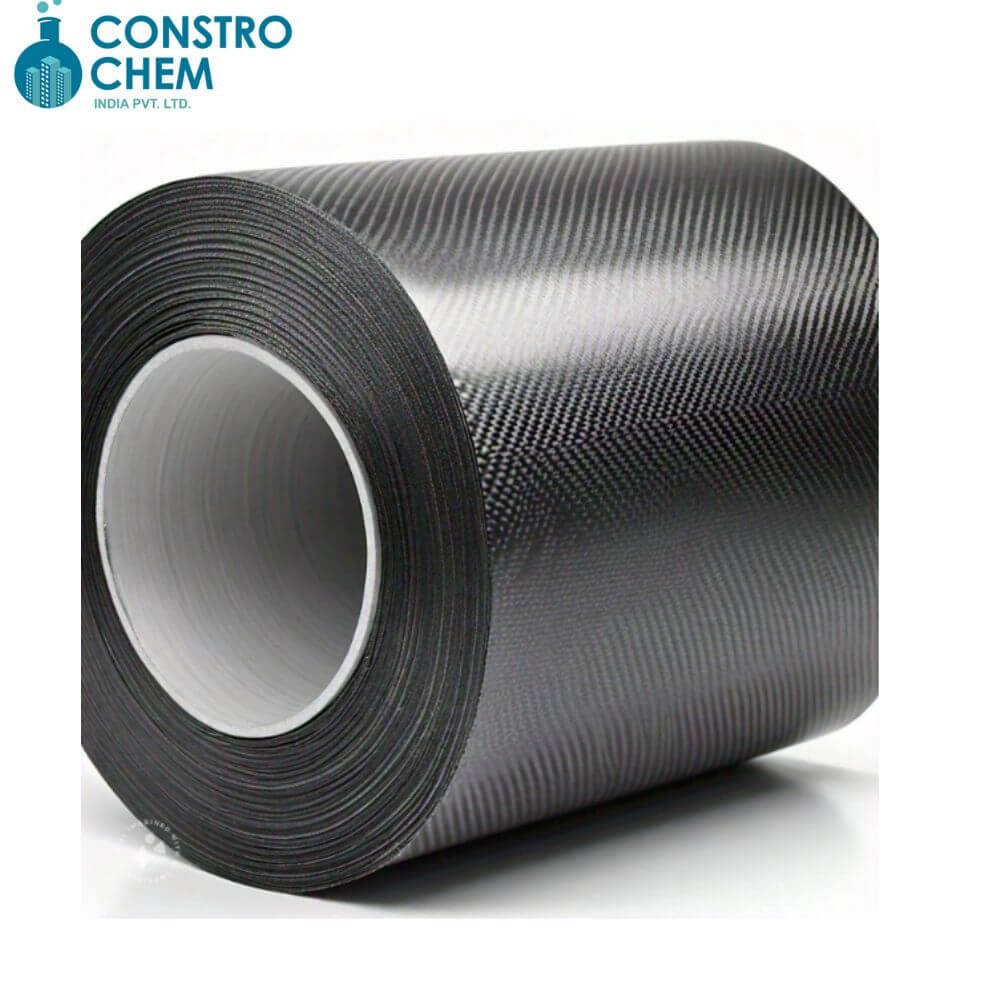In today’s rapidly evolving construction landscape, professionals constantly search for high-performance materials that provide durability, performance, and versatility. Among the standout innovations in this area is the carbon fibre sheet—a lightweight, ultra-strong composite material changing how we approach structural design, retrofitting, and rehabilitation.
From civil engineers working on bridges to real estate developers managing high-rise towers, and from municipal corporations maintaining public infrastructure to project management consultants overseeing massive urban plans, carbon fibre solutions are making a significant impact.
This blog explores how carbon fibre sheet are revolutionising modern construction and why they’re the go-to solution for everything from strengthening beams and slabs to retrofitting ageing infrastructure.
What Are Carbon Fibre Sheet?
Carbon fibre sheet are composite materials made from carbon fibres embedded in a polymer matrix, normally epoxy. The result? A lightweight yet incredibly strong sheet utilised in structural programs for reinforcement and cargo-bearing assistance.
Commonly utilised in carbon wrapping for columns, beams, and slabs, these sheets enhance the structural integrity of concrete elements without adding significant weight. Compared to traditional materials like steel, carbon fibre offers exquisite fatigue resistance, corrosion immunity, and ease of installation.
What is a carbon fiber sheet used for?
A carbon fiber sheet is a strong, lightweight material made from carbon fibers embedded in a resin matrix. It is widely used in diverse industries because of its high strength-to-weight ratio, rigidity, and corrosion resistance. Here are a few commonplace uses of:
Construction and Civil Engineering:
1. Strengthening concrete structures (beams, columns, bridges).
- Retrofitting historic structures to increase their capacity to support loads.
2. Automotive Industry:
- Lightweight dashboards, body panels, and interior parts are utilized in
- Motorsports to improve performance and fuel economy.
3. Aerospace and Aviation:
- Lightweight without sacrificing strength for drones,
- Aircraft interiors and structural components.
4. Marine Applications:
- Boat hulls, masts, and propellers for improved speed and durability.
5. Robotics and Electronics:
Drone and automation frames, enclosures, and high-performance parts.
Key Benefits of Carbon Fibre Sheet in Construction
1. Lightweight Yet High Strength
One of the primary reasons for the growing adoption of carbon fibre sheeti is their exceptional strength-to-weight ratio. When used for carbon wrapping for beams or slabs, these sheets significantly increase structural load capacity while adding minimal dead weight. This is mainly beneficial in projects where foundation limitations restrict the use of heavier materials.
2. Corrosion Resistance
Unlike steel reinforcements that may corrode over time, carbon fibre sheet are resistant to corrosion, chemical exposure, and environmental degradation. This makes them best for fibre-wrapping concrete columns in coastal areas, chemical factories, or damp situations.
3. Easy to Install and Versatile
Installing carbon fibre sheet is relatively fast and doesn’t require heavy machinery. They may be applied in confined or complex spaces, perfect for retrofitting ageing infrastructure or tight-access commercial basements.
4. Durable and Maintenance-Free
Structures reinforced using carbon wrapping for slabs or columns show a drastic improvement in lifespan and structural reliability. The sheets require little to no maintenance, leading to cost savings over time.
5. Fire and Thermal Resistance
High-quality carbon fibre materials provide a degree of thermal insulation and resist fire spread, aligning with modern building safety codes and certifications.
Challenges and Considerations
While the advantages are compelling, it’s essential to consider the following:
Initial Cost: Carbon fibre sheet are more expensive than traditional materials, though they offer better long-term ROI.
Skilled Application: Installation has to be done by using trained specialists to ensure the right bonding and structural compliance.
Compatibility: This must be assessed against existing building materials and design load requirements.
The Future of Carbon Fibre in Construction
With the industry increasingly leaning toward sustainable-resilient substances and high-performance materials, carbon fibres and carbon laminate are poised for broader adoption.
Moreover, its ability to reduce resource consumption and prolong structural life aligns with the goals of smart, future-ready cities.
As construction demands become more complex and performance-focused, carbon fibre sheet stands out as a transformative material. Whether it’s carbon wrapping for columns in a high-rise, fibre wrapping concrete columns in a municipal bridge, or strengthening factory floors carbon fibre offers a compelling mix of strength, speed, and sustainability.
It’s time for construction professionals, developers, and engineers to look beyond the traditional and embrace the future of reinforcement.
FAQ,s
1) What is a Carbon Fiber Sheet Used for?
Carbon Fiber sheet used In 100*1.4 mm dimensions, it is used to increase the flexural strength of the beam.
2) Is Carbon Fiber Stronger than Steel?
Compared to steel, carbon fiber is twice as rigid and five times stronger. Carbon fiber is the perfect manufacturing material for many items since it is lighter than steel despite being stronger and stiffer. Engineers and designers prefer carbon fiber for manufacturing for these reasons, to name a few.
3) What is the Price of Carbon Fiber Cloth?
It depends on the GSM of the carbon fibre sheet & the selected 12 k grade of unidirectional carbon fibre sheet
4) Why is Carbon Fiber so Costly?
The main reasons carbon fiber is expensive are its energy-intensive production, complicated manufacturing method, and high cost of raw materials. Below is a summary of the primary causes:
5) What is carbon fiber best for?
it is best for strengthening of structural elements , columns , beams & slabs to increase the load bearing capacity of the rcc structures

